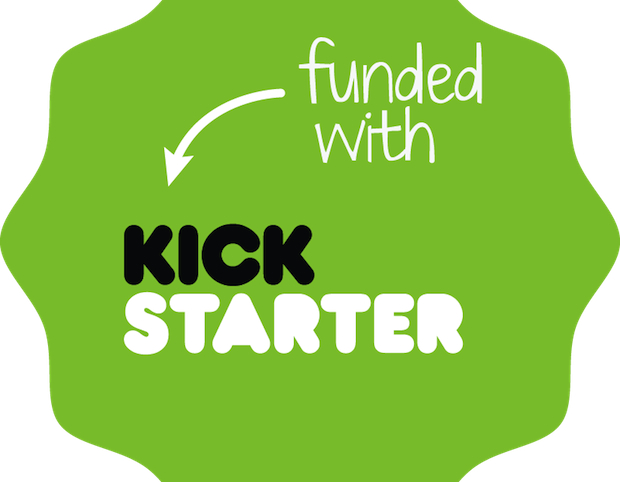Kickstarter, the world’s largest crowdfunding platform for creative projects, has become the most popular way for budding entrepreneurs to turn their ideas into reality without the constraints of having to partner with investors, or lay out large sums of money to get their business off the ground.
Founded in 2008 by Perry Chen, Yancey Strickler, and Charles Adler, Kickstarter facilitates fundraising from the general public. Project owners must undergo a rigorous application process, and if they are approved, can post their business plan (in the form of a creative video, photos and general information) to the site. A deadline and a target minimum of funds to raise must also be posted with the project. If the project does not raise the targeted amount by the deadline, no funds are collected and the project is added to the site’s archives.
Kickstarter’s popularity is based on one important factor: it works. Many project owners are wildly successful, often doubling and tripling their targeted funding. People feel good about supporting the indie filmmaker, the starving artist, the struggling writer and the passionate entrepreneur, and in turn the project owners are given a fighting chance to make things happen.
Unfortunately, before any of this magic can happen, project owners must first devise a kick-ass plan of action. In a recent article on GOOD, Slava Menn, co-founder of the Kickstarter project, Gotham Bicycle Defense Industries, explains how he ran a successful campaign. His project hit its goal of $18,000 in one day and since then has tripled. So how did he do it?
Menn says that he and his team “spent six months researching Kickstarter projects; studied storytelling methods and video production techniques; and interviewed Kickstarter entrepreneurs from the top 10 most-funded list.” He goes on to say that there are “six essential variables” necessary for launching a successful Kickstarter campaign.
Among these essental variables, is a combination of friend and media support, prototyping, experimenting with rewards, crafting a video and creating a story that sticks. The first five seem sort of obvious, but are still worth the read. The variable that struck me the most was Menn’s explanation of creating a great story.
I’ve perused Kickstarter tons of times and I always end up lingering on the projects that make me a bit emotional. It’s always the same scenario: I hit play and some rad indie song hooks me into the video. Then there’s the clever wording that runs across the screen poetically telling a story. I barely realize I’m being sold on a project because I’m so into the mission, the smiling faces and the possibilities that can come from such a compelling idea. Before I know it, the video is over and I find myself clicking on the small triangle once again — I have to see it one more time, I’m so inspired.
Menn believes that “the more we reduce the amount of information in an idea, the stickier it will be.” He goes on to explain how he and his team finally decided on a story that would stick: “We had our Eureka! moment when my cofounder, Brad Geswein, recounted a story from last summer. “[My friend] Dave had his bike light stolen. Riding home that night, he got hit by a car.” We knew the idea was sticky when we overheard friends retelling it verbatim.”
You may not need to go as far as telling a morbid story about the death of a friend, but the idea is to create something that people will connect with. Consumers want to be inspired and in order for them to believe in your product they need to feel the passion that should exist within the artist or entrepreneur that created it. People don’t buy what you do, they buy why you do it, and it’s the emotional ideas that make people care, the rest are just glorified infomercials.




